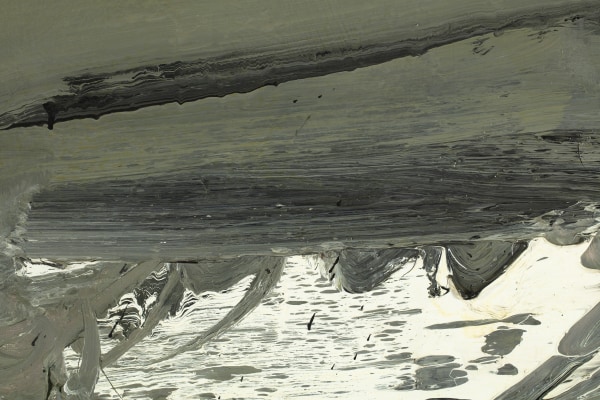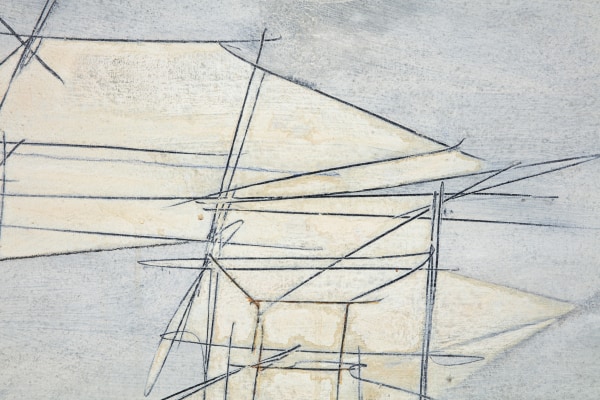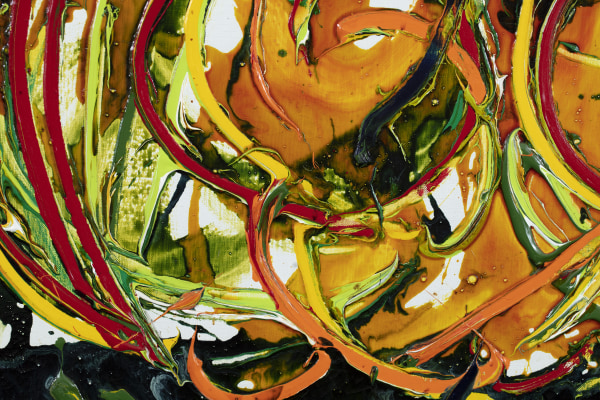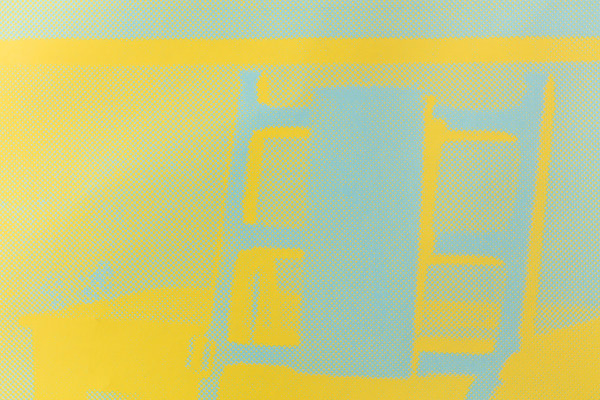Modern Times: Online exhibition curated by Flavio Favelli, contemporary artist that with his artworks combine conceptual and pop art
-
The figure of the artist implies a distance from many things.
From reality, understood as current events and societal issues; from the world of work, seen as a place of defined roles responding to the needs of the country and the market; and from power, understood as the realm of institutions and politics.
And this is not because these areas are uninteresting, but because art does not deal - and should not deal - with things that are too real.Its nature is distance from truth, a kind of parallel track to the mundane affairs of humanity.We want it to remain representation. -
-
As a conscious artist, committed to not being committed, I have chosen eight paintings from the 1950s to the 1980s. Artworks I would like to have in my home — and this method, pleasure, seems to me the most serious one for an artist. I would dare say that art is a matter of taste, and taste has to do with form, often neglected by the purist-conceptualist bloc. I simply find that these works contain correspondences, visual meanings that draw my attention.Romiti and Perilli surprise with their disorienting arrangements, with overturned planes that force an attempt at understanding that slips away.
And it is precisely this escape that we like, this feeling of disorientation.
Perhaps Romiti is trying to compose some flowers—a bud seems to emerge from the strict and lost compartments of the psyche.
Perhaps Perilli is seeking banners, libation cups, over which a yellow sun descends.Afro, in Green Composition, leads us down a barely marked path.
Even if they look like smudges and streaks on a dirty wall or grimy scribbles, they tell us they belong to us.
A gray mark at the bottom resembles the lines of a palm; there is something primitive and archaic tugging at our sleeve. A bit more sophisticated—meaning less natural—is Mario Schifano’s work, which we believe depicts sea waves, or so it seems.
Anonymous, timeless, black swells.Sooner or later, we all stop to look at the sea—a kind of obligatory pleasure we believe can soothe us.
After all, the continuous blue and black waves are the last mysteries we have left, and this piece of dark sea perhaps signals the beginning of some abyss. -
-
-
Mattia Moreni’s Cartello per la Pensione Ristorante Casadei disorients us. It seems like a kind of erasure, or a joke. Or a moment of confusion, of suspension from earthly duties—as if to make a sign.
Can art be useful? To make a restaurant sign?
I don’t particularly love Carlo Levi, but Giardini ad Alassio presents itself as a tangle of uncertainties, with shrubs, flowers, and trees almost evaporated in favor of a free composition without many footholds.
One gets lost in a domestic jungle, more than a garden.More real is Fausto Pirandello’s Natura morta, which freezes a modern gaze. These are masculine subjects—things of men, of bars, coffee, spirits, cities, and commerce; things in motion that stop to become more authoritative. Windows into eternal places of modernity and contemporaneity, images of seduction.
-
-
And one cannot help but be seduced by Andy Warhol’s Electric Chair, perhaps one of the most devastating images in human history.
Warhol is the supreme priest of modernity, capable of declaring both its beginning and its end.
The electric chair of a society that often touches delirium is elevated to a light, almost playful image—here in mimosa yellow against a baby blue sky. -
-
The time span of these works - about thirty years - is a long, dense, and crucial moment of our era.
These compositions, by both well-known and lesser-known artists, appear as voices oscillating between the inside and outside of this period - a kind of mythical, original time of our society, to which we turn with great respect and passion.
They are the core of the Modern Times that will never leave us. -
Flavio Favelli












